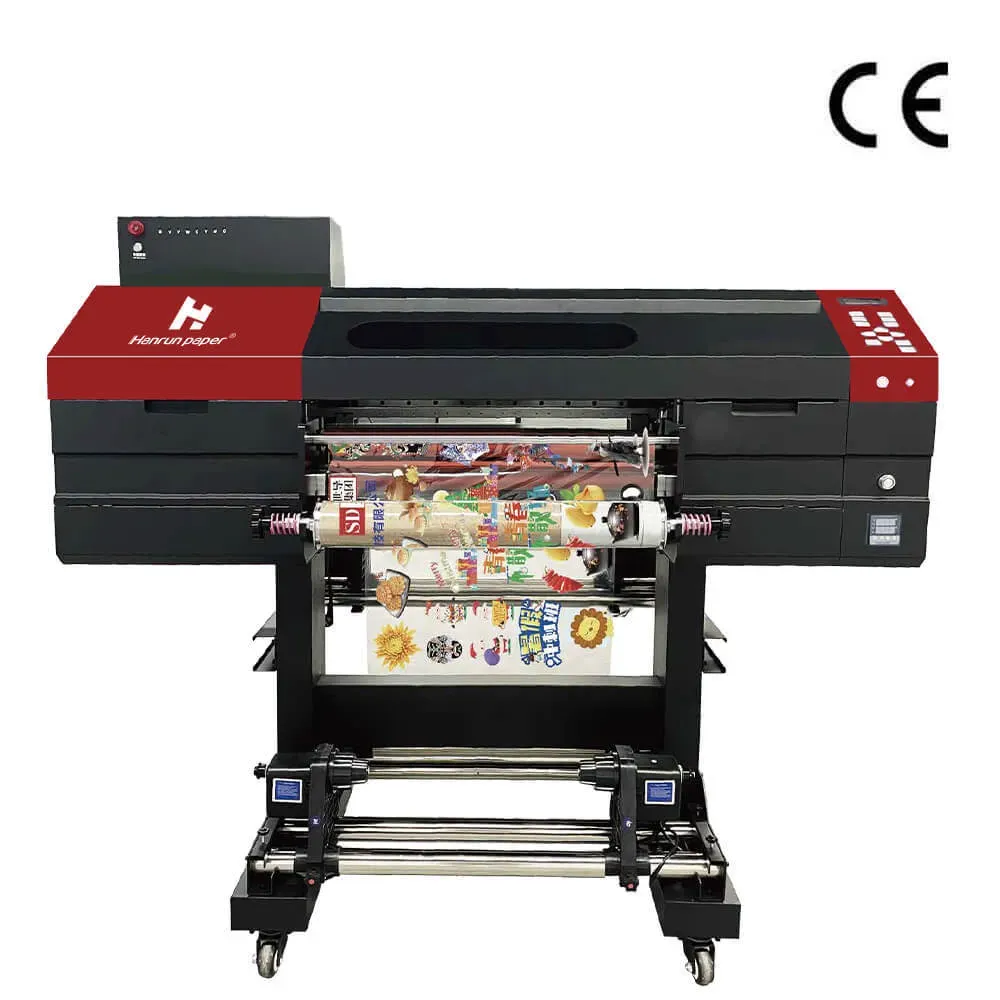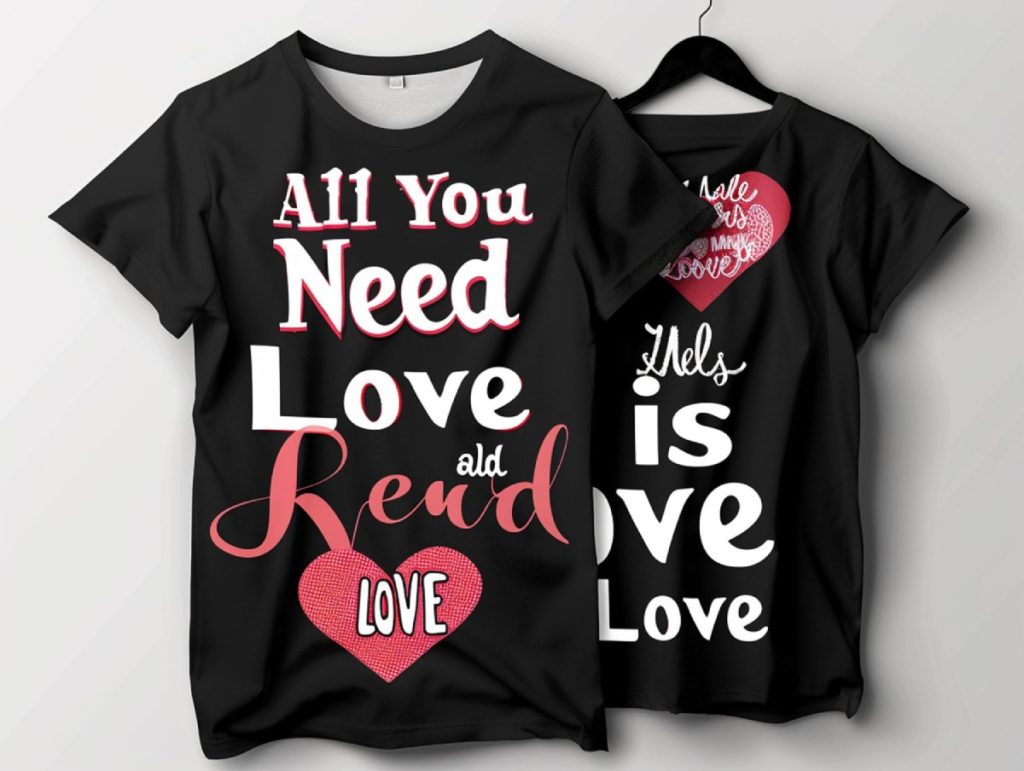In the dynamic landscape of modern printing, **UV DTF printing**, or Ultraviolet Direct-to-Film printing, has emerged as a revolutionary innovation that combines the speed of UV printing with the versatility of film technology. This unique process allows for vibrant, high-quality images to be transferred onto various substrates, catering to a wide range of creative applications. As businesses and individuals seek durability and visual appeal in their printed products, UV DTF technology offers a compelling solution. The emergence of advanced machines like the **eufyMake E1** and **Mimaki UJV300DTF-75** signifies the growth and potential of this printing method. In this comprehensive guide, we will delve into the benefits, applications, and future developments that make UV DTF printing a focal point for innovation in the printing industry.
Commonly referred to as Direct-to-Film (DTF) printing, this technique harnesses ultraviolet light to cure inks, ensuring exceptional quality and longevity of printed images. By utilizing advanced UV printing methods, this technology caters to various industries and creative domains looking to produce detailed and durable designs. The growing popularity of UV DTF technology resonates with trends in the market, particularly as end-users demand more customizable and resilient print options. Equipment like the innovative **eufyMake E1** and the celebrated **Mimaki UJV300DTF-75** are at the forefront of this transformation, showcasing how flexibility and quality can blend seamlessly. As we explore this fascinating topic, you’ll discover the countless possibilities that UV DTF brings to the printing world.
The Fundamentals of UV DTF Printing Technology
UV DTF (Ultraviolet Direct-to-Film) printing stands at the intersection of traditional UV printing and film-based applications, presenting a modern approach to the printing process. This technology uses UV light to cure inks as they are printed onto specially designed transfer films. This not only accelerates the printing process but also results in prints that boast vibrant colors and intricate details, making UV DTF a compelling choice for graphic designers and businesses alike. The unique combination of materials and techniques results in prints that can adhere to a wide variety of substrates, enhancing the overall versatility of this printing method.
One of the standout features of UV DTF technology is its ability to deliver exceptional print quality without the excessive drying times associated with traditional inks. As the UV inks cure upon exposure to light, they form a strong bond with the film, ensuring that the final product is not only visually appealing but also durable. This resilience enables prints to withstand wear and tear, making UV DTF ideal for applications such as custom apparel, promotional items, and personalized gifts.
Benefits of UV DTF Printing Over Conventional Methods
The benefits of UV DTF printing over traditional methods are extensive and impressive. One of the primary advantage is the durability of the prints produced. UV DTF prints are resistant to fading, scratching, and water damage, making them suitable for a range of environments and applications. Unlike water-based inks, which can smudge or run when exposed to moisture, UV DTF prints maintain their integrity even in harsher conditions, significantly extending the lifespan of printed products.
Additionally, UV DTF technology offers unparalleled versatility. This method allows for printing on an extensive variety of surfaces, putting it head and shoulders above many conventional printing techniques. From textiles to hard materials like metal, wood, and plastics, UV DTF proves itself as a multi-purpose solution, ideal for businesses looking to expand their product offerings. This adaptability presents opportunities for custom merchandise that stand out in a crowded market, appealing to the growing consumer demand for personalized items.
Innovations Driving UV DTF Technology Forward
The landscape of UV DTF technology is rapidly evolving, with innovations continuously enhancing its capabilities. The introduction of models like the eufyMake E1 represents a significant milestone in this field, as it combines multiple functionalities within a compact, user-friendly design. By integrating a 3D-texture feature, this printer allows users to create tactile elements in their prints, enhancing the visual experience and elevating the standard for what is achievable in personal and professional printing projects.
Moreover, commercial machines such as the Mimaki UJV300DTF-75 showcase the industry’s commitment to pushing the boundaries of UV DTF technology. These advancements not only improve print quality and speed but also incorporate eco-friendly printing practices, reducing waste and energy consumption. As consumers become increasingly eco-conscious, such innovations are crucial for attracting clients who value sustainability paired with high-quality output.
Applications for UV DTF Printing Technology
The applications for UV DTF technology span across various industries, proving its versatility and effectiveness in meeting diverse printing needs. In the fashion sector, designers leverage this printing method to craft unique, custom apparel that showcases intricate designs and vibrant colors. By using UV DTF, businesses can cater to a growing market of consumers seeking personalized clothing that reflects their individuality.
Beyond fashion, UV DTF printing holds significant potential in other realms, such as merchandising and promotional items. Businesses can produce high-quality branded materials, including promotional giveaways, that remain eye-catching over time. This technology permits the creation of stunning visuals that maintain their brilliance, thereby enhancing marketing efforts and customer engagement strategies.
How UV DTF Printing Works: A Step-by-Step Guide
To fully grasp the workings of UV DTF printing, it is essential to break down the process into distinct steps. Initially, a design is meticulously crafted using graphic design software, then transferred onto a specialized transfer film designed to withstand the UV curing process. This preparation phase sets the foundation for a successful print, ensuring that the final output will meet the desired quality standards and visual appeal.
Next, the actual printing process unfolds with the application of UV inks. As the printer lays down the ink onto the film, the UV light system immediately cures the ink, creating a solid bond on the substrate. This rapid curing process not only speeds up production but also allows for intricate designs and a resolution that outstrips conventional printing methods. Finally, a heat press is used to transfer the print onto a selected substrate, resulting in a durable product that captures the design in high fidelity.
The Future of UV DTF Printing and Industry Trends
Looking ahead, the future of UV DTF printing seems bright as the technology continues to evolve and gain traction in various sectors. Significant consumer demand for customization and personalized products is driving innovation, encouraging businesses to adopt UV DTF methods to stay competitive. By leveraging advancements in UV printing technology, companies can position themselves to meet the growing expectations of modern consumers who seek unique, high-quality items.
Industry trends indicate that events such as the FESPA Global Print Expo play a pivotal role in disseminating knowledge and showcasing new technologies. As more professionals gather to exchange ideas and learn about cutting-edge developments, the UV DTF printing community is poised for expansion. Ultimately, the focus remains on improving efficiency, print quality, and versatility, ensuring that UV DTF technology remains at the forefront of the printing spectrum for years to come.
Frequently Asked Questions
What are the key benefits of UV DTF printing technology?
UV DTF printing technology offers several key benefits, including durability, vibrant colors, and versatility. It produces prints that are resistant to fading, scratching, and water, making them suitable for various applications such as custom apparel, promotional items, and personalized gifts.
How does the UV DTF printing process work?
The UV DTF printing process involves preparing a design, printing it onto a special transfer film using UV light to cure the ink, and then heat pressing the printed film onto the final substrate. This process ensures a strong bond and vibrant, high-quality outputs.
What materials can be printed on using UV DTF technology?
UV DTF technology can be applied to a wide range of materials including fabrics, plastics, metals, ceramics, and more. This versatility allows businesses to customize a diverse array of products, from clothing to promotional merchandise.
What innovations have emerged in UV DTF printing recently?
Recent innovations in UV DTF printing include the introduction of the eufyMake E1, the world’s first personal 3D-texture UV printer, and models such as the Mimaki UJV300DTF-75, which enhance print quality and expand the range of applications for this technology.
Can UV DTF printing be used for large-scale production?
Yes, UV DTF printing can be utilized for large-scale production. Its efficiency and the ability to produce high-quality prints continuously make it suitable for businesses looking to create custom products in bulk.
What industries are adopting UV DTF printing technology?
Various industries are adopting UV DTF printing technology, including fashion and apparel design, marketing and merchandise, personalized gift services, and interior decoration, due to its versatility and superior output quality.
| Key Points | Details |
|---|---|
| Introduction | UV DTF (Ultraviolet Direct-to-Film) printing merges traditional UV printing with film-based applications, providing a versatile solution for creatives. |
| Technology Overview | Utilizes ultraviolet light to cure inks on special film, delivering vibrant images and enhanced durability. |
| Recent Developments | Launch of innovative printers like the eufyMake E1, facilitating high-quality textured prints for home use. |
| Advantages | Includes versatile use cases, durability against various elements, and quality output with vibrant colors. |
| Applications | Ideal for custom apparel, merchandising, and personalized gifts, appealing to both consumers and businesses. |
| Printing Process | Involves preparation via graphic design, printing with UV ink curing, and heat pressing prints onto substrates. |
| Industry Trends | Continuous evolution driven by technological advancements and increasing demand for customization. |
Summary
UV DTF printing is revolutionizing the way we approach customized printing solutions. This innovative technology not only combines the benefits of ultraviolet curing with the versatility of direct-to-film applications but also enhances the quality and durability of prints across various materials. With the introduction of groundbreaking printers such as the eufyMake E1, individuals and small businesses can now unleash their creativity in producing intricately designed custom products. The growing demand for personalized items and improved printing capabilities positions UV DTF printing at the forefront of the printing industry, promising a bright future for creatives and professionals alike.



